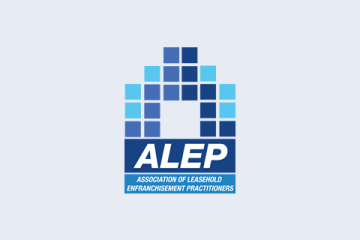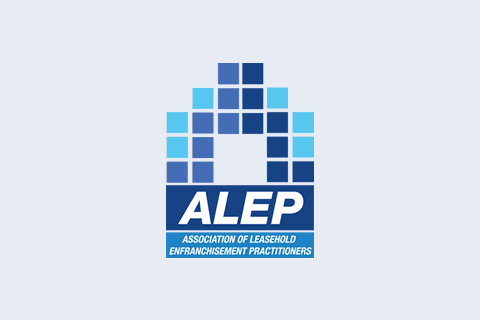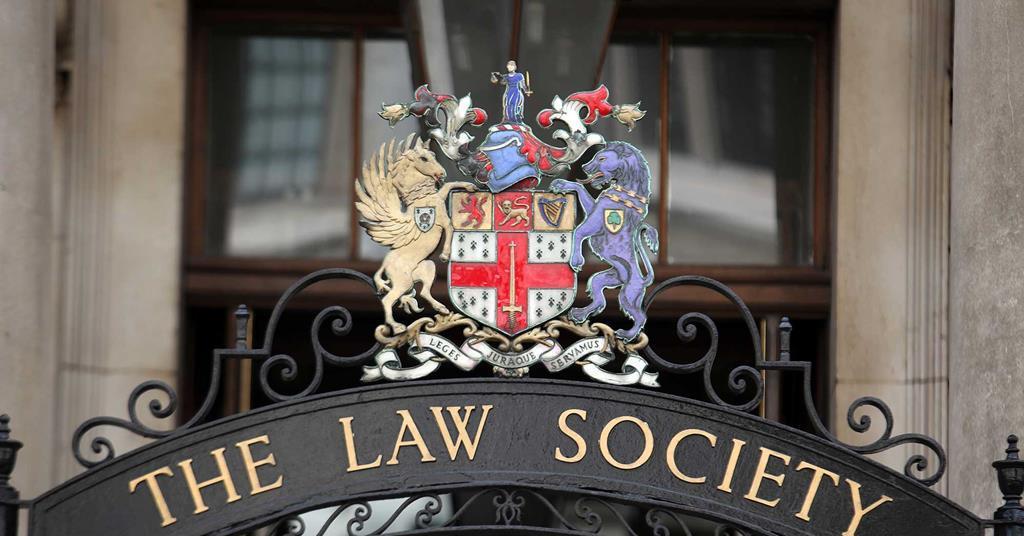Deciphering your residential lease
Home | Member News | Deciphering your residential lease
In this article, Louise Uphill Senior Associate at Blake Morgan and ALEP member provides guidance on how leaseholders can get to grips with their leases and highlights key clauses that should not be ignored.

Share this article
In this article, Louise Uphill Senior Associate at Blake Morgan and ALEP member provides guidance on how leaseholders can get to grips with their leases and highlights key clauses that should not be ignored.
Having dug out a copy of your lease from your ever growing pile of paperwork at home, you find yourself faced with the problem of how to decode it! The good news is what follows is a basic guide to a standard residential lease so that you can start to navigate and understand your lease better.
If your lease was granted after 19 June 2006 it will contain a set of prescribed clauses which will be in tabular form and will be a quick reference guide setting out the main parts of the lease that the Land Registry will need when they come to register or deal with the lease. Amongst other things, the prescribed clauses contain the title numbers to the property, the parties to the original lease details, the full description of the property, the term of the lease and the premium.
If your lease was granted before 19 June 2006 then this information may be scattered within the lease but the information can be found once you know how the majority of leases are drafted.
Regardless of when the lease was granted, it will always contain the details of the original parties to the lease, never mind the fact that the lease has then been bought and sold a hundred times. As the legal owner of the flat, your name will appear on the title at the Land Registry instead.
The lease may contain helpful definitions or particulars which set out the detail, or the lease may have schedules which contain the details of the parties and term. Clause 1 usually grants the lease, the term and sets the ground rent (plus any fixed or increasing rent review periods). Clause 1 may also deal with the rights granted for the benefit of the property and any rights reserved over the property for the benefit of any other land.
The early clauses (Clauses 2 and 3) will usually contain the leaseholder’s behavioural covenants (or promises) or refer to a schedule in the lease which contain the covenants. Clauses 4 and 5 will often deal with the landlord’s or management companies covenants (which may again be detailed in a later schedule). The latter clauses may deal with the regulations imposed by the landlord, service charge provisions or rent reviews.
The key elements to look at, from a leaseholder’spoint of view, will be the rent and service charge provisions as this will tell you the ground rent and service charges you have to pay. It will also tell you what services are provided (if any) and how the landlord or management company are required to manage the block. Insurance rent (if separate from the service charge) will also be dealt with in the lease.
The repairing obligations of both the landlord and you as leaseholder will be detailed and so too will the alienation (or assignment) provisions of the lease. This is where you may have to obtain consent to assign (sell), underlet or mortgage your property. Some leases only require you to notify your landlord of these dealings and it is important for your solicitor to check this when selling or buying a leasehold property.
In terms of alterations, some leases contain an absolute ban on alterations whereas some require the landlord to consent. If it is the latter, be sure to liaise with your solicitor before starting any work.
The term of the lease is one of the most crucial parts as the value of the property will be affected as the lease length falls.If you have a leasehold house, you can apply to purchase the freehold whereas if you have leasehold flat, you can either discuss an informal lease extension with your landlord, or begin a statutory lease extension claim, or get together with your neighbours to collectively purchase the freehold (and then grant yourselves long leases and reduce ground rent to zero).
If you are concerned about your lease or need any assistance, speak to a specialist solicitor who will be able to advise you on the provisions of your lease and help you understand the intricacies of your particular lease.
For more information and to find an ALEP practitioner near you please visit alep.org.uk.
The Real Estate Team at Blake Morgan specialises in leasehold enfranchisement and deals with residential landlord and tenant related matters. For more information, please contact Louise Uphill- blakemorgan.co.uk/people/louise-uphill


